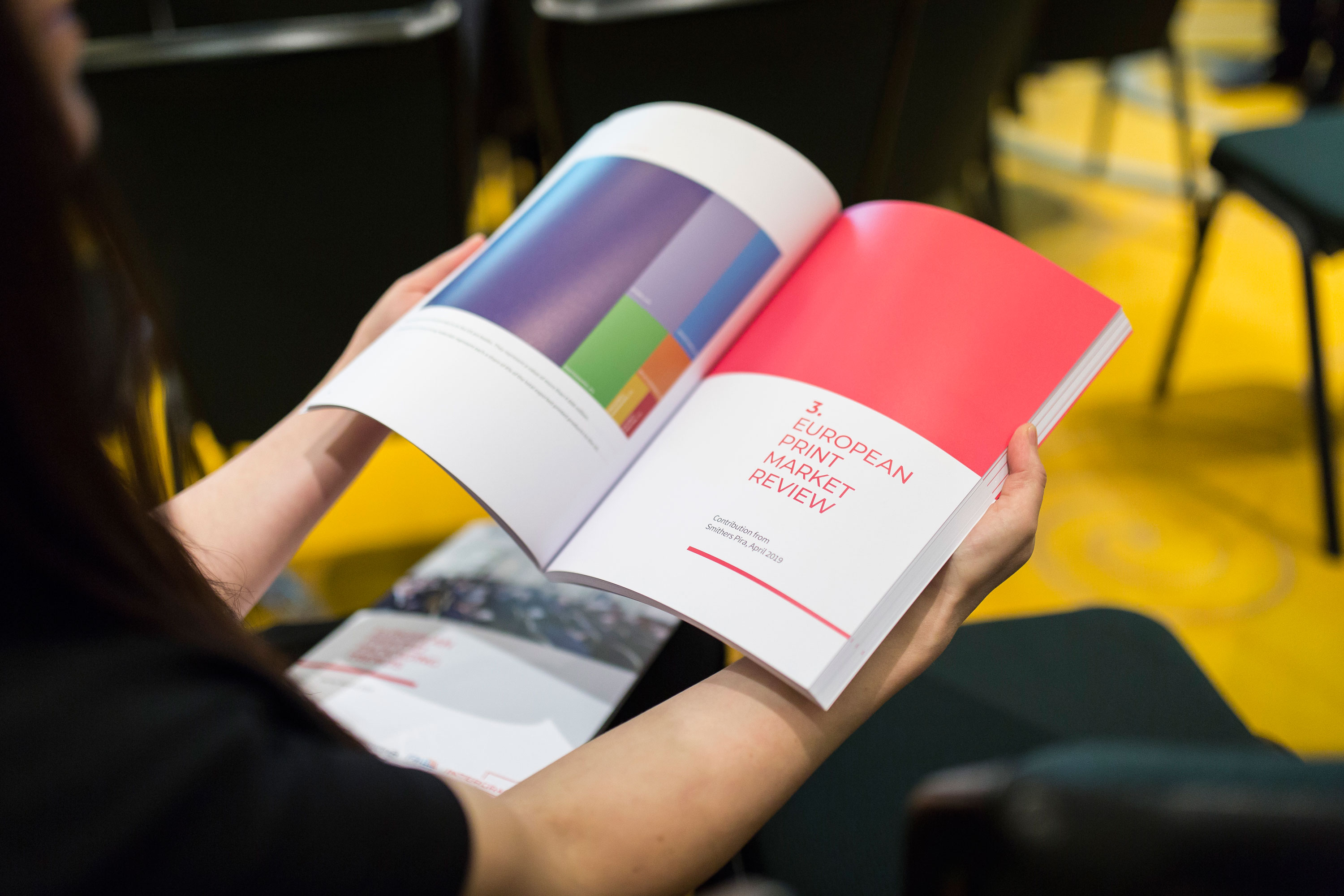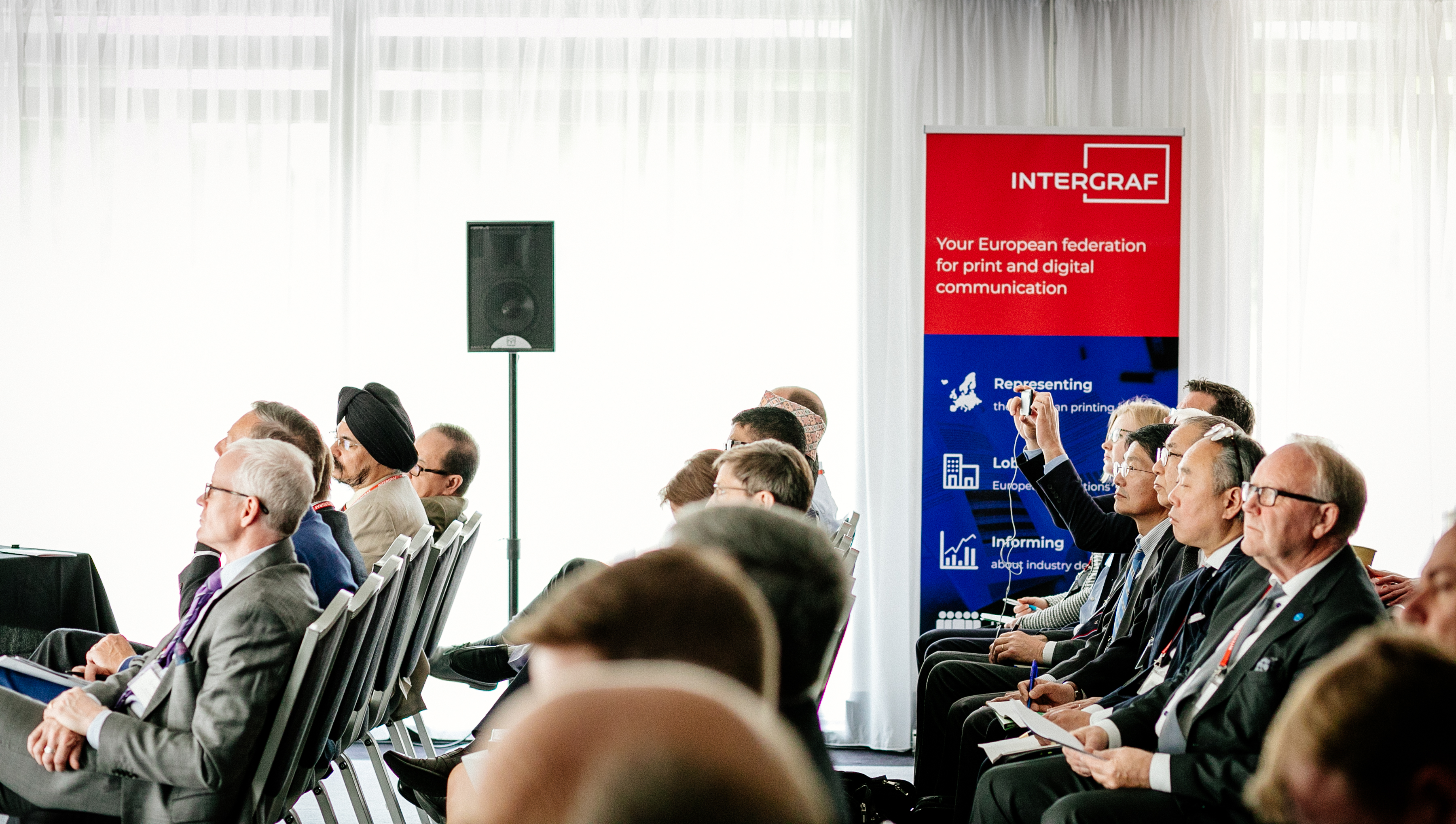Packaging: Reducing packaging waste - review of rules
1 August 2020

About Us
Intergraf is the European federation for print and digital communication. We represent 21 national printing federations from 20 countries, and, in turn, our members represent a large portion of the printing industry in Europe. Intergraf shares its secretariat with FTA Europe, which represents the flexo printing industry. Flexo is the single largest technology used for printed packaging.
- The printing industry (EU + UK) consists of over 110,000 companies and 600,000 employees.
- Printers have a turnover of €160 billion from printed packaging as well as graphic print such as books, newspapers and advertising.
- 95% of the industry are SMEs, employing fewer than 20 employees – often fewer than 10.
Feedback
Printers are at the heart of the packaging value chain. We bring together all the components which are required to make the resulting packaging.
Printers are also highly active in the circular economy, utilising recycled materials in our products, and deploying innovative printing processes and chemicals to reduce environmental impact.
Intergraf supports harmonised packaging requirements at EU level and the ambition to reduce the environmental impact of waste. We therefore welcome the European Commission’s review of rules for packaging and packaging waste in the EU. We urge the European Commission to pay particular attention to the following points:
- Although packaging design and industry is an important part of the process, it is one part of a chain of actions required to reduce the environmental impact of packaging. The best designed, environmentally friendly packaging still needs the consumer to dispose of it correctly, and the recycling plant to process it. Therefore, structural issues with the waste system must be prioritised over new design requirements.
- Packaging functionality is essential. No single material should be singled out as less environmentally friendly than others. All materials used for packaging are selected on the basis of how well they will protect the product. Analysis of the complete picture as well as scientific evidence is required to evaluate the environmental footprint of packaging: from the processes which make it, to transport, to consumption and recycling.
- Any future changes to the PPWD must be developed in close collaboration with both producers and recycling authorities to ensure a coherent and industry-led solution with high levels of compliance and achievement of environmental aims.
- Evidence related to assumptions and terms like “over-packaging”, “single-use”, or the degree to which packaging is recycled must be carefully assessed and clarified. Packaging protects the product, prolongs shelf life, and reduces food waste – which all contribute to environmental goals.
- Food waste, food safety, and packaging are closely interlinked issues. The review of the PPWD therefore should be carried out in parallel to, and in harmony with, the European Commission’s review of legislation applicable to food contact materials.
- A key target for the European Commission should be to stimulate a competitive market for all recycled materials to make high quality materials readily available for printers.
- Harmonised European legislation on packaging and waste is crucial to solve European-wide issues and to coordinate an industry that crosses borders. The European Commission must preserve the integrity of the Single Market and intervene in the numerous national measures that could pose obstacles to the free trade of packaging within the EU.
We remain at your disposal for further information and look forward to working with the European Commission in the next steps of this process.
Download the position paper here
{K2Splitter}






